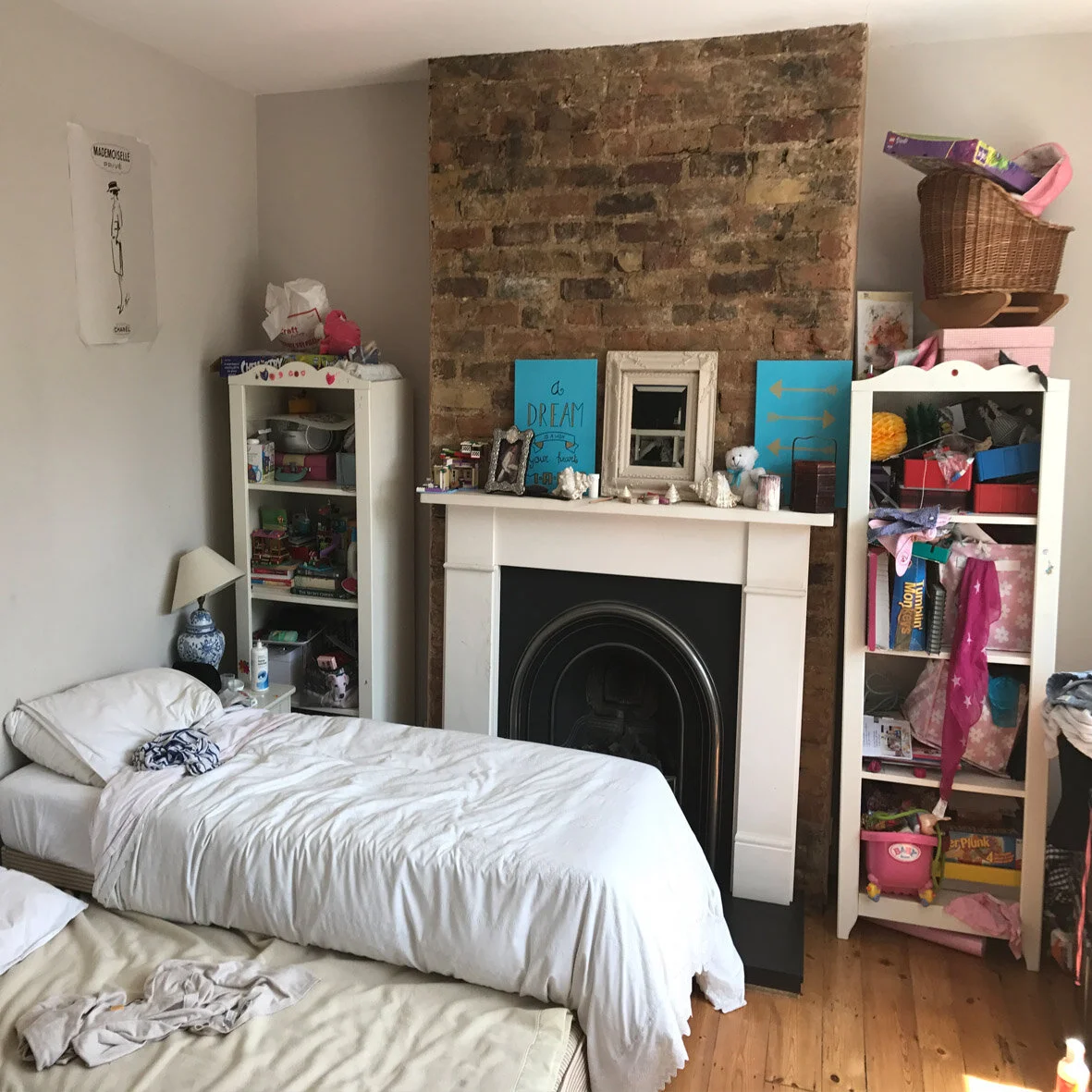How NOT to Present Your Property to Market
I think most of us know the basics when it comes to presenting a property for sale. It has to be clean and tidy – dirty dishes in the sink, cobwebs in the corners and piles of personal clutter will make for unappealing marketing photos and disappointed viewers! But what are the other less obvious things that could turn a potential buyer on their heels and lose you that sale?
Over personalisation
Your home is an expression of who you are, showcasing personal taste and memorabilia. However, when it comes to selling that home, potential buyers need to be able to imagine themselves living there instead. depersonalise by Stripping back on family photos and removing collections, toys and sports equipment from view. Remember that people from all backgrounds and cultures may view your property, so consider your artwork and accessories objectively and remove anything potentially polarising or controversial! your property should be presented to be as neutral and accessible as possible for buyers to see its potential and envisage how they might make it their own.
Lack of storage
Everybody needs it but not everybody has it, so if storage space is at a premium in your property, be mindful not to advertise the fact. If you are lucky enough to have a basement or loft consider whether you are using them to their full storage potential – it won’t cost much in terms of damp proofing etc to make them suitable. alternatively, see if there is other untapped space to be exploited such as under the stairs or in ceiling voids, or with vacuum packed bags stowed out of sight under beds. De clutter, and if you are still struggling to keep control of the visual gubbins, considering investing in an outside storage unit until after your sale.
Temperature
It may seem like a somewhat trivial concern, but the smallest thing can put off a potential buyer, and you don’t want them being too hot or too cold to be one of them. control the temperature and give them reason to linger in your property. When marketing in the summer months, ensure rooms are well ventilated and don’t stint on the heating During winter - if you have a working stove or fireplace, now is the time to light it and show it off!
Ignoring small rooms
Every square footage of your home should be shown off to its full potential – there can be no such thing as the ‘dumping’ room when marketing a property, as every door will be opened and nook and cranny explored! interested parties need all the help they can get to see the potential of even your smallest room, particularly If this is marketed as a bedroom. it’s important It’s shown furnished to avoid it being dismissed as not having room for a bed, so don’t fall into the trap of thinking an empty room best shows off the space - the opposite can be true!
Pets
Your dog or your cat (your bird or your gerbil) may be a much adored member of your family, but don’t expect a potential buyer to share that love. Some people are allergic to animals – others just don’t like them! To minimise the risk of alienating or downright scaring A would-be buyer, your best bet, if possible, is to relocate your pet entirely during viewings, along with their litter box, feeding bowls and blanket paraphernalia. Pet owners can be completely oblivious to their pet’s smells, but viewers certainly won’t be. Consider a deep clean of carpets and floors before putting a property up for sale, then keep it clean for the duration of its time on the market, ensuring all furniture (and bedding!) are pet hair free, windows and doors wiped of grubby nose prints, and rooms are kept ventilated and sweet smelling with air fresheners.
Poor Lighting
Lighting it not only essential to see a property in detail, it creates atmosphere and can help a small room appear larger. Illumination is key – without it, viewers may think you have something to hide! The best source is natural light, via unencumbered windows and doors. Beyond that, there are a few questions to ask yourself. Do your lighting fixtures need a style upgrade? Do you have the highest wattage light bulbs that your fixtures will allow? are you attempting to light a large room with a single light source? Ensure you replace dead bulbs including spot lights in the ceiling and strip lighting in the kitchen, and highlight dark corners with attractive lamps.









